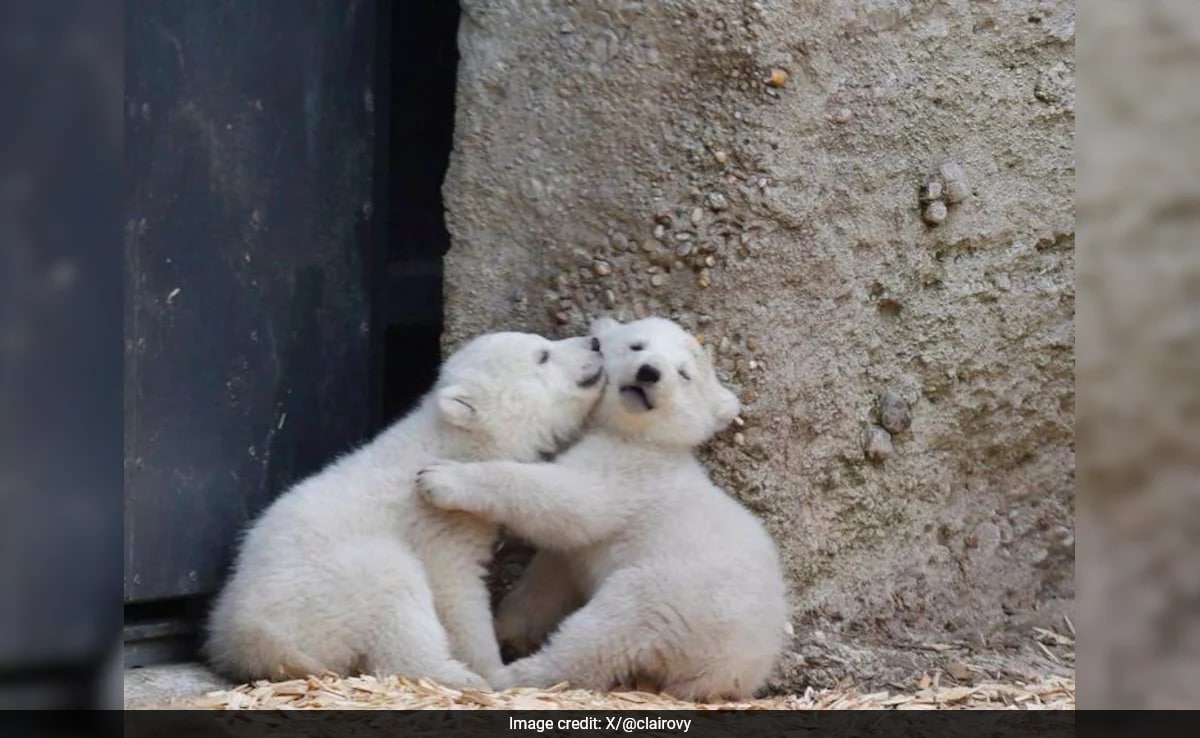Researchers captured rare footage of polar bear cubs leaving their dens for the first time in Svalbard, Norway. The footage, published on International Polar Bear Day, showcases a mother polar bear and her three cubs navigating the icy terrain. Produced by Polar Bears International and other institutions over nearly a decade, the study highlights cubs’ dependence on their mothers, as they venture outside alone only five percent of the time. The research indicates that polar bear families may be emerging earlier in spring, potentially linked to climate change, warranting further investigation. The findings shed light on the development of these young bears in fragile ecosystems.
Researchers have obtained exceptional new footage showing polar bear cubs emerging from their dens for the first time. The video captures a mother polar bear leaving her den in the Svalbard archipelago of Norway, with her three cubs following her as they slip and slide on the icy ground.
To create this footage, a team from Polar Bears International, San Diego Zoo Wildlife Alliance, the Norwegian Polar Institute, and the University of Toronto Scarborough set up remote cameras in the Arctic mountains over nearly a decade. This research was published on International Polar Bear Day (February 27) in the Journal of Wildlife Management, providing insights into the lives of young polar bears.
The study indicates that cubs depend significantly on their mothers and seldom venture outside the den by themselves, being spotted without their mothers only five percent of the time. In Svalbard, these cubs rely on their mothers for as long as 2.5 years.
“In Svalbard, polar bears construct their dens on the slopes of steep mountainous regions, making it difficult for cubs to navigate in such challenging terrain,” said Louise Archer, the study’s lead author and an ecologist at the University of Toronto Scarborough, in an interview with LiveScience.
“Observing them as they slid, tumbled, and even climbed onto their mother was truly astonishing. The snow-covered den acts almost like an extension of the womb, providing a warm and stable environment for the cubs to continue growing and developing,” Ms. Archer remarked.
Also Read | Hiker Survives On Toothpaste After Getting Lost In Mountains For 10 Days
Female polar bears typically construct their dens in snow drifts on land or sea ice by October or November. They give birth between December and early January, with the cubs being born blind, hairless, and weighing just 0.5 kg. They grow rapidly, nursing on their mother’s milk, which is 31 percent fat, and reach around 10 kg—up to 20 times their birth weight—by spring when they leave the den.
The research findings also suggest that polar bear families might be departing from their Svalbard dens earlier in the spring than in previous years. While climate change might be a likely factor for this behavioral shift, the researchers noted that further monitoring is needed to thoroughly understand the trend.
